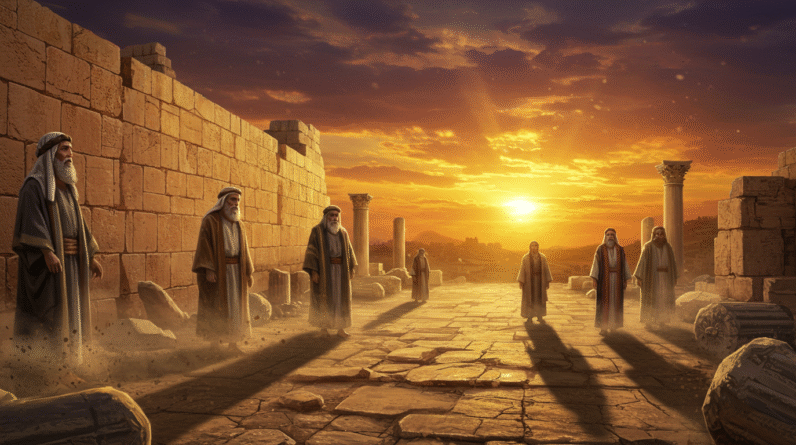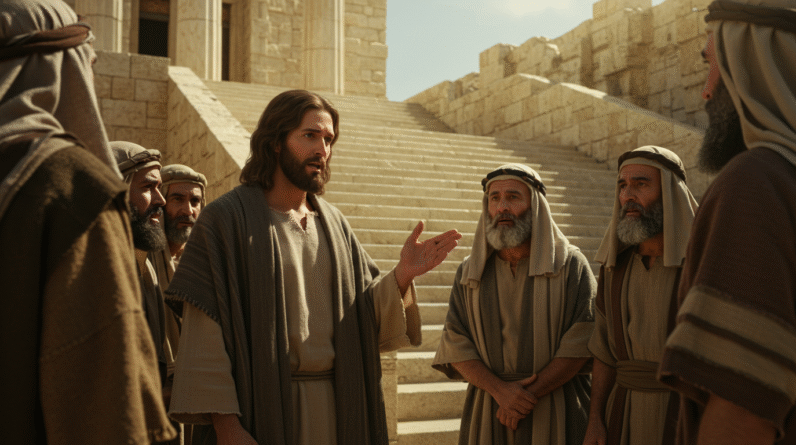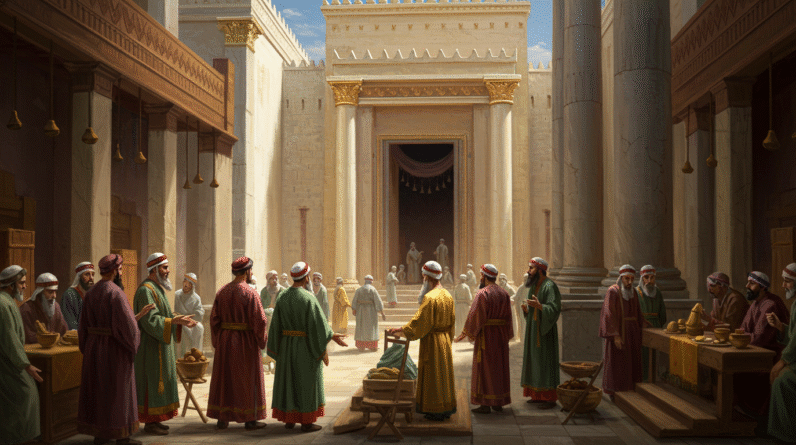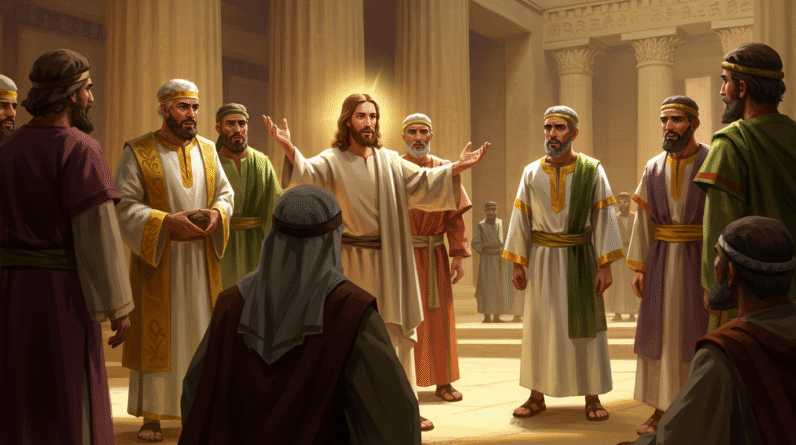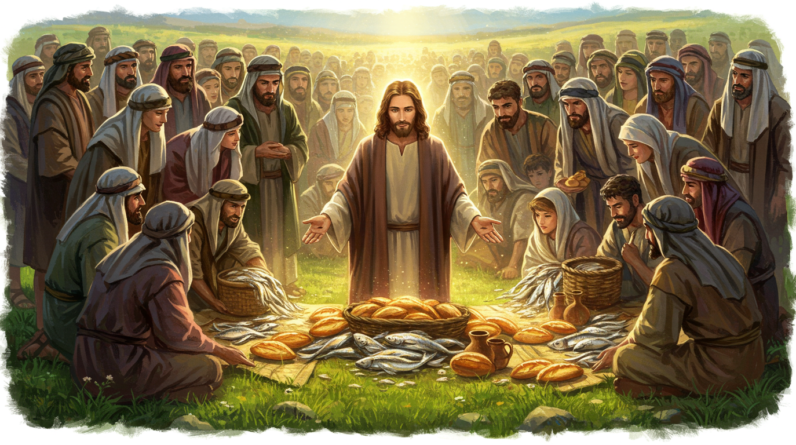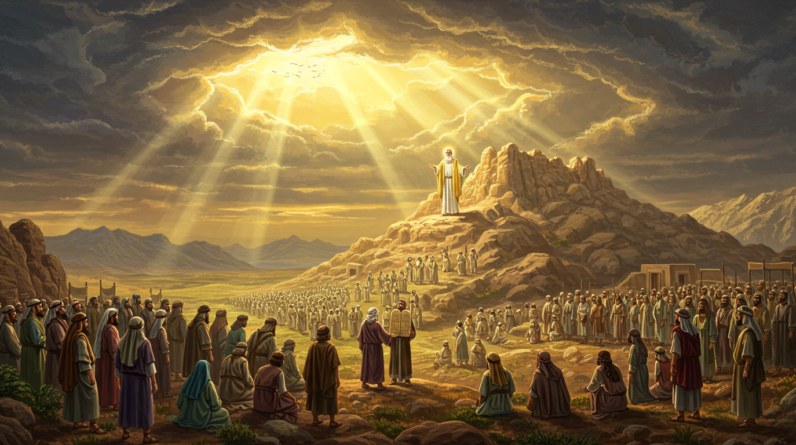The Beliefs Of The Sadducees: What Set Them Apart?
In the tapestry of Jewish history during the Second Temple period, the Sadducees stand out as a group that was both influential and distinct in their religious beliefs and practices. So, what really set them apart? In this article, we’ll dive into the beliefs of the Sadducees, exploring their unique perspectives and what it meant in the context of their time.
The Origins of the Sadducees
To understand the Sadducees, you need to go back to the Second Temple period, which spans from the rebuilding of the Temple in Jerusalem in 516 BCE until its destruction in 70 CE. The Sadducees emerged as one of the main Jewish sects during this era. Their roots are a bit murky, but they are often thought to have originated from the priestly and aristocratic classes.
The name “Sadducee” likely derives from Zadok, a high priest during the time of King Solomon, suggesting that the group might have seen themselves as guardians of the authentic traditions and practices of Temple worship. The Sadducees held significant sway, given their priestly background, and they were known for their close association with the Temple and its rituals.
Sadducees vs. Pharisees: A Divergence in Beliefs
Understanding the Sadducees becomes even more fascinating when compared to their contemporaries, the Pharisees. Let’s break down some of the pivotal differences, as these paint a clearer picture of the Sadducees’ beliefs.
Belief in the Afterlife
One of the most significant distinctions between Sadducees beliefs and those of the Pharisees was their stance on the afterlife. The Pharisees believed in the resurrection of the dead, a notion that was part of their broader spiritual and mystical outlook on Judaism. In stark contrast, the Sadducees did not believe in an afterlife or resurrection. For them, once a person died, that was the end. This belief is highlighted in Acts 23:8: “The Sadducees say that there is no resurrection, and that there are neither angels nor spirits, but the Pharisees believe all these things.”
The Sadducees’ rejection of the afterlife may have been rooted in their more literal and strict interpretation of the Torah, the first five books of the Hebrew Bible. They did not find a clear reference to resurrection in these texts and thus dismissed the concept as ungrounded in their religious framework.
Scriptural Interpretation
When it came to the interpretation of Scriptures, Sadducees beliefs significantly diverged from those of the Pharisees. The Sadducees held a more literal approach to the Torah and did not accept the oral traditions and interpretations that the Pharisees adhered to, which eventually evolved into what we now recognize as the Talmud. The Sadducees argued that only the written word of the Torah should be considered authoritative and binding. This insistence on a literal interpretation often put them at odds with the more interpretive and expansive approach of the Pharisees.
This reliance on the written word meant that many of the complex legal and ethical issues discussed by the Pharisees were not a central focus for the Sadducees. They preferred a pure form of worship and law based directly on the scriptural text.
Temple Focused Practices
The Sadducees’ influence and beliefs were closely tied to their roles within the Temple. Unlike the Pharisees, who engaged with the everyday spiritual lives of the Jewish people in synagogues throughout Judea, the Sadducees were more focused on the rituals and sacrifices performed in the Temple. They prioritized Temple worship, and many of their beliefs and practices revolved around the proper conduct and maintenance of the Temple’s daily operations.
Given their priestly connections, the Sadducees were often involved in administering Temple sacrifices, a critical component of Jewish worship at the time. This role not only gave them religious power but also a significant social and economic influence. Their control over Temple operations, however, did not extend to a theological influence over the people, as the Pharisees were more popular among the common folk due to their accessibility and engagement with everyday Jewish law and life.
The Political Ties of the Sadducees
The Sadducees weren’t just a religious group; they were heavily political as well. As aristocrats and priests, they formed part of the ruling class in Judea, often collaborating with the Roman authorities to maintain their power. This cooperation was pragmatic, reflecting their interest in preserving their status and the autonomy of Jewish practices under Roman rule.
Their political involvement sometimes put them at odds with other Jewish sects, like the Zealots, who were vehemently opposed to Roman occupation. The Sadducees, on the other hand, seemed to have prioritized political stability over revolutionary zeal, focusing on maintaining their privileged position and the centrality of the Temple in Jewish life.
Their political maneuvers did not endear them to the common people, who may have viewed them as collaborators with their Roman oppressors. This resistance from the populace, along with their opposition to the more widely accepted Pharisaic interpretation of Jewish law, ultimately contributed to their decline after the fall of the Second Temple.
Sadducees and the Sanhedrin
The Sadducees wielded substantial influence through their presence in the Sanhedrin, the paramount Jewish court and legislative body during that period. This positioned them at the heart of Jewish judicial and religious decision-making. Their involvement in the Sanhedrin highlights their integration into the political and religious life of Judea, although it also exposed them to severe challenges as internal disagreements with the Pharisees were common.
Their prominence in the Sanhedrin gave them a platform to push their interpretations of Judaism, but it also meant negotiating with the more numerous Pharisaic faction, which represented the views supported by much of the populace. The Pharisees’ focus on oral law often conflicted with the Sadducees’ literal Torah interpretation, leading to influential debates and, at times, policy gridlock.
Innovations and Criticisms
A surprising facet of Sadducees beliefs is their potentially innovative nature. Despite their reputation for strict, traditional adherence to the Torah, some scholars argue that their very rejection of Pharisaic traditions was itself innovative. By focusing exclusively on their interpretation of the Torah, they maintained a separate identity that stood out in Jewish religious life.
Criticism of the Sadducees was well-documented in historical and religious texts. They were often portrayed as rigid, elitist, and disconnected from the common people’s religious needs and aspirations. Texts such as Josephus’s writings depict them as harsh judges, unlike their Pharisaic counterparts, who were viewed as more lenient and merciful.
The opposition to the Sadducees wasn’t limited to religious criticisms. Their political allies, the Romans, and their control over the Temple’s economic and sacrificial functions, made them a target of social antagonism too. With the focus on their seemingly aloof and materialistic tendencies, it is perhaps no wonder that the fall of the Temple resulted in the Sadducees’ near disappearance; their power base was dismantled.

The Decline and Disappearance of the Sadducees
The eventual demise of the Sadducees was intricately tied to the fall of the Second Temple in 70 CE by Rome. As a group heavily invested in the Temple’s rituals and administration, their fate was almost sealed when it was destroyed. Without the Temple, the core of their religious practices and economic power base vanished overnight.
In the aftermath, Jewish life and religious practices increasingly reflected Pharisaic interpretations, which focused on the private practice of Jewish laws and customs that transcended the Temple’s annihilation. Unlike the Pharisees, whose beliefs and practices adapted to a Temple-less Judaism, the Sadducees’ perspectives could not sustain the transition, leading to their historical obscurity.
The Legacy of the Sadducees
While the Sadducees greatly impacted Judaism during the Second Temple period, their influence was short-lived. They are often remembered for their staunch literalism, political involvement, and organizational domination of Temple practices. Their name survives in literature, primarily serving as a foil to the Pharisees in the New Testament.
The lessons from Sadducees beliefs linger in the broader context of religious and ideological debates. Their history invites reflection on the tensions between traditionalism and adaptation, the complexities of political-religious power, and the varying interpretations and significance of sacred texts.
Concluding Thoughts
The Sadducees challenge you to reflect on the dynamism of religious faith over time, influenced by socio-political developments, geographic changes, and internal community dynamics. Today’s religious groups continuously navigate similar challenges, balancing the preservation of foundational beliefs with contemporary adaptations.
As you’ve joined us on this exploration, take a moment to consider how history shapes belief systems and how belief systems, in turn, influence history. Is there a part of the Sadducees’ story that resonates particularly strongly with your understanding of faith or politics?
Explore More
For further reading and encouragement, check out these posts:
👉 7 Bible Verses About Faith in Hard Times
👉 Job’s Faith: What We Can Learn From His Trials
👉 How To Trust God When Everything Falls Apart
👉 Why God Allows Suffering – A Biblical Perspective
👉 Faith Over Fear: How To Stand Strong In Uncertain Seasons
👉 How To Encourage Someone Struggling With Their Faith
👉 5 Prayers for Strength When You’re Feeling Weak
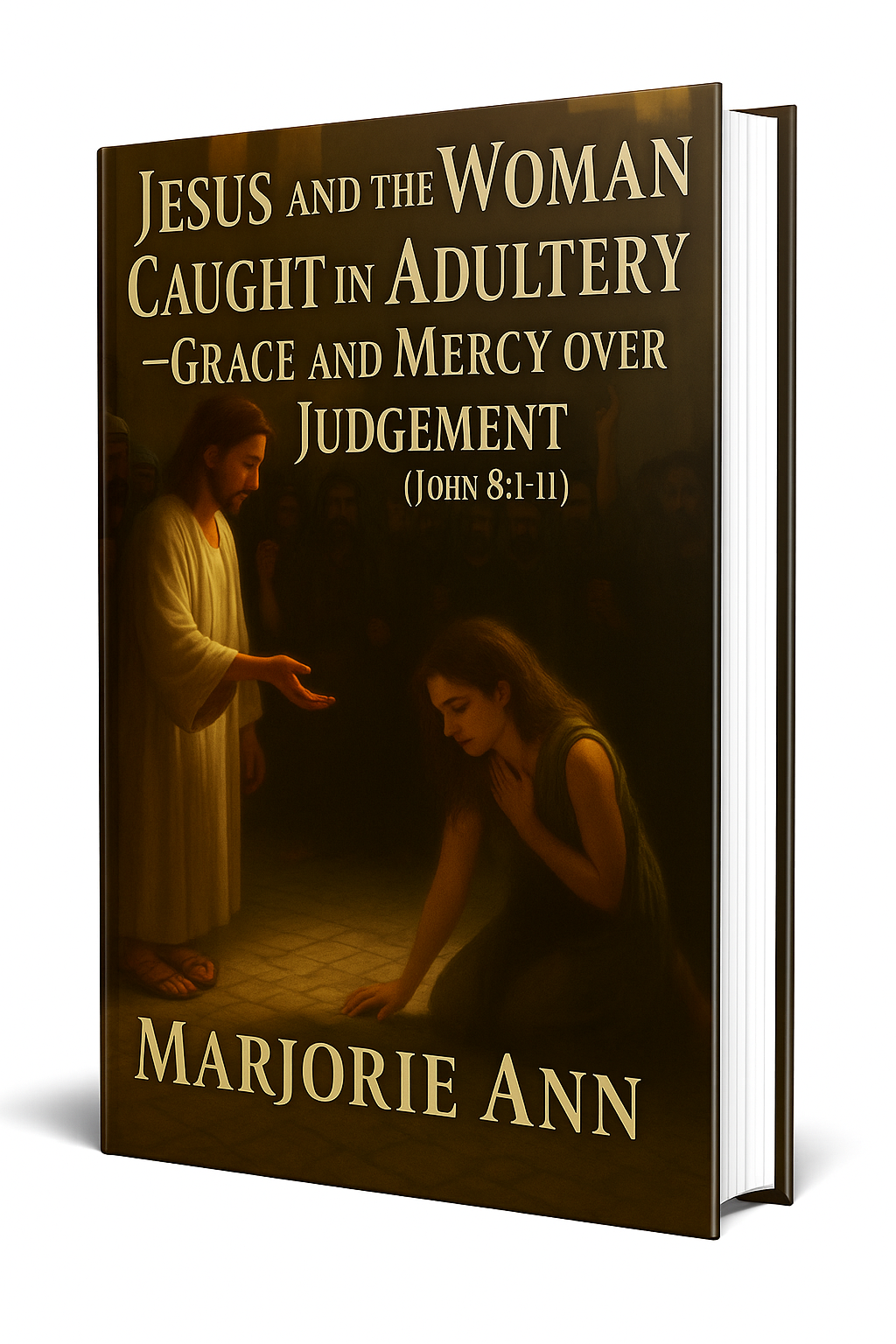
📘 Jesus and the Woman Caught in Adultery – Grace and Mercy Over Judgement
A powerful retelling of John 8:1-11. This book brings to life the depth of forgiveness, mercy, and God’s unwavering love.
👉 Check it now on Amazon
As a ClickBank Affiliate, I earn from qualifying purchases.
Acknowledgment: All Bible verses referenced in this article were accessed via Bible Gateway (or Bible Hub).
“Want to explore more? Check out our latest post on Why Jesus? and discover the life-changing truth of the Gospel!”



